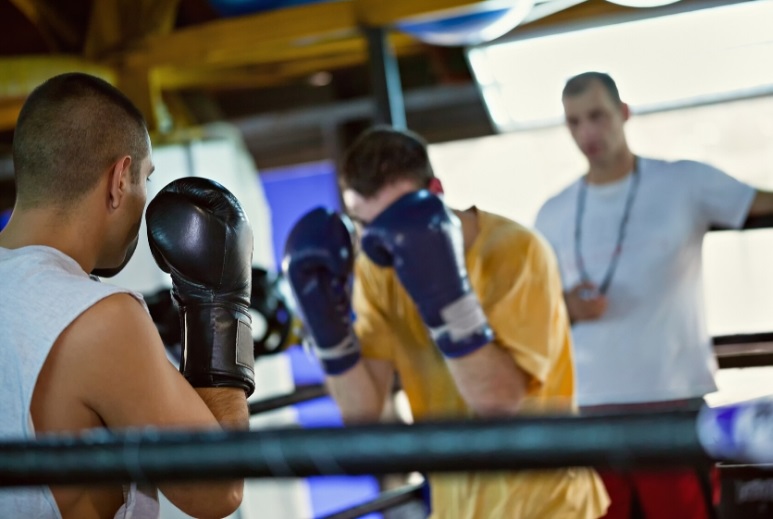Essential Warm-Ups
Before you begin your workout it is essential that you warm-up first. Warm-ups are the transition from sedentary to full-on activity. They help to make the adjustment from a low heart rate body at almost rest to a higher heart rate body in motion easier and helps to prevent injuries.
Four important steps of any warm-up routine should be followed to get the maximum benefit out of your workout as well as prepare your body for activity. Without doing them, you are more likely to sustain an injury. On the other hand, if these steps are done, you’ll get to have an optimal workout experience.
For sparring workouts or matches, warm-ups are crucial. Your body needs to be well prepared for a match especially. This allows you to move better and more freely. You’re able to fully put your all into the session and also helps you maintain your energy levels longer and reduces the risk of injury.
Essentials Warm-Up Steps
There are four main components to warmups that will help you to get the most of your routine and help you be prepared for your next sparring session:
Step 1: Loosen Joints
The first step to your warm-up is loosening up your joints. You can do this by creating controlled circular motions with your shoulders, wrist, ankles, and other joint areas. You want to take your time and be gentle with this. These motions are meant to waken up, loosen and relax any tension in your joints. You want them to be engaged. Movements you can do: Create small circles with your shoulders going backward and then forward for 15-20 seconds. From there move onto your other joints doing the same thing making sure to keep the movements controlled and even. Use the body in places like your ankle to make the movement more dynamic.
Step 2: Stretch Muscles
Stretching your muscles is essential before sparring or any other form of physical activity. Waking them up and removing tension and tightens results in more fluid movement. You can stretch them to help increase your range of motion. There are a number of great stretches that can be done. You can use a stretching review guide to help you determine the types of stretches that would be best for you and the type of activity you plan on doing. In this case for sparring the stretches need to be dynamic and not static. Save static stretches for the cooldown.
You can do things like neck rolls, arm and leg swings, lunges, side bends, etc. Remember to stretch from head to toe and again keep the movements controlled. You can be tempted to rush throw them but it won’t do you any good.
Step 3: Increase Heart Rate
The next essential step to your warm-up would be to increase your heart rate. This elevation in heart rate literally warms up your body and gets blood pumping throughout your system. You want to do anything that gets your heart rate up for 3-5 minutes. One of the best exercises for this would be jump rope; a favorite for sparing as it raises your heart rate loosens your muscles and prepares your body and lungs for the intense session ahead.
Step 4: Practice Moves
The last step should be to do practice moves from the activity you’re about to do. This gets your body prepared for the motions but also helps to reduce any tightness or blockages from the motions. If you are sparring, you can do duck and weaves, shadow boxing, and parry drills to get you in motion. You may even want to do some kicks. These should be done at a lower intensity and usually, without the equipment, you’ll be using later on.
Warming up before action is something that you should make a habitual part of your workout routine. It can be a little bit frustrating to warm up each time but it will be much better for you. Though you may be super excited to get into activity warming up before can help you achieve better results and loosens you up beforehand. Use music to help you get into the rhythm of your warmup. Use something that motivates you that you can time yourself with. Warmups are great for everyone and don’t need to be overly complicated. Keep in mind that even seasoned athletes need to warm up to avoid injury. Without it, a move that comes to you in your sleep can be the thing that tears a ligament or pulls a muscle that you may never fully recover from.

